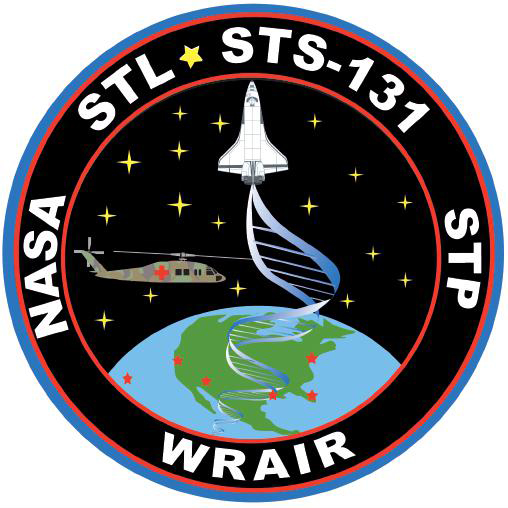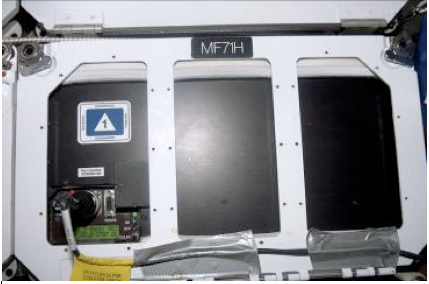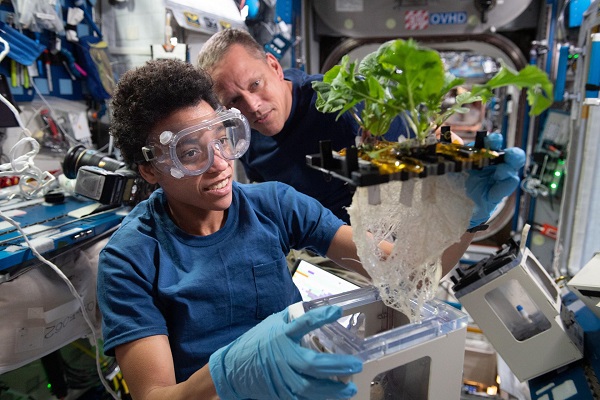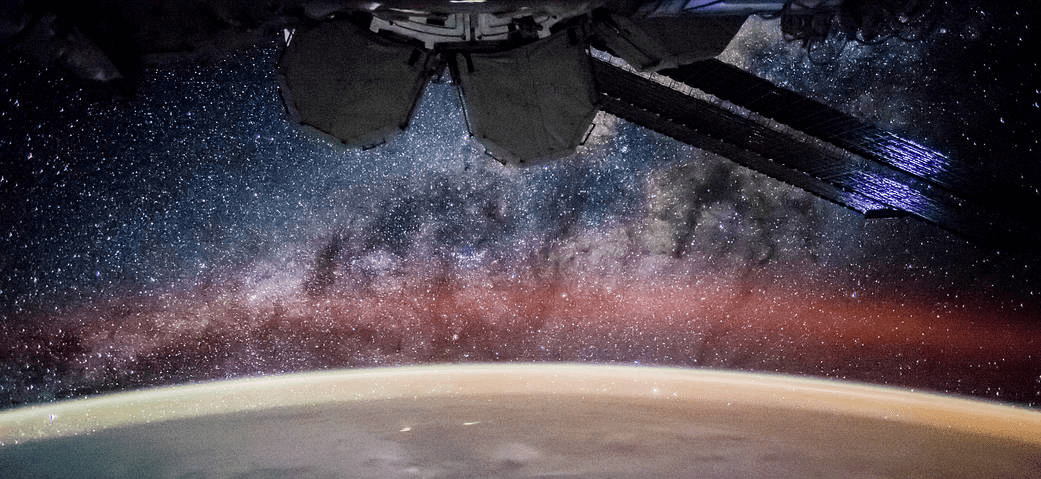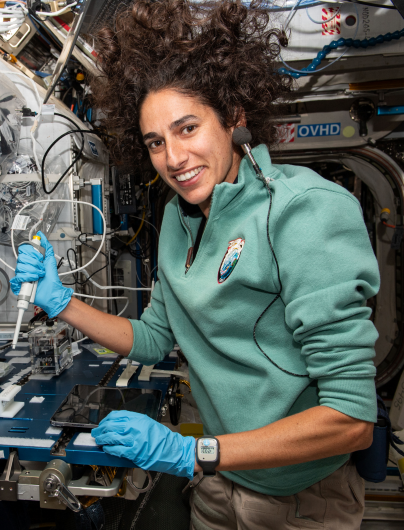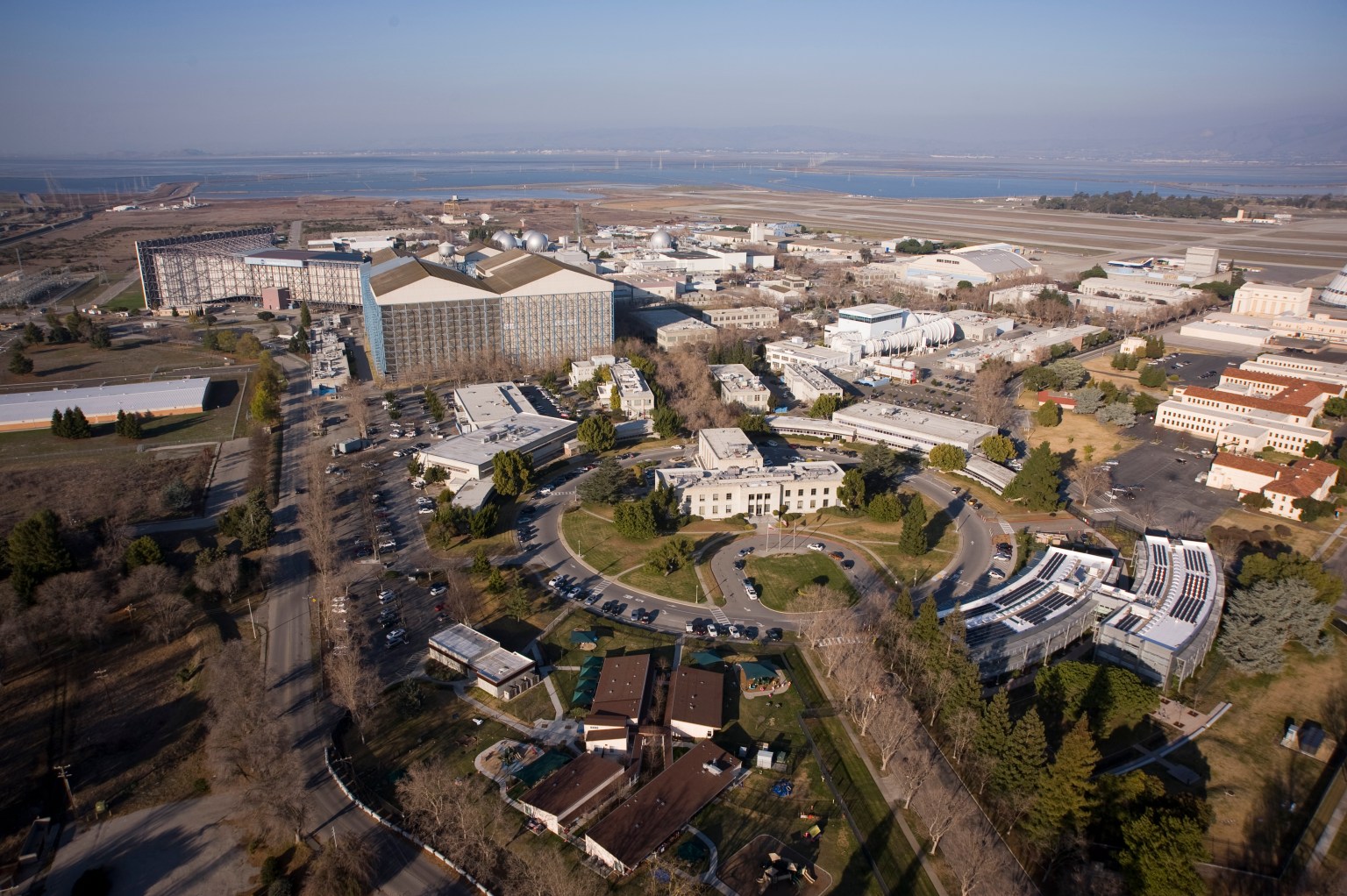Overview
The Space Tissue Loss activity was a collaboration between NASA’s Ames Research Center, Moffett Field, Calif., the Walter Reed Army Institute of Research (WRAIR), Silver Spring, Md., and the Department of Defense’s Space Test Program (STP), Houston. The Space Tissue Loss payload included two experiments that were conducted inside the Cell Culture Module, an incubator system for growing cells developed by WRAIR, that flew on space shuttle Discovery.
The Cell Culture Module is designed to help scientists study the effects of microgravity on cells in space and has flown on 19 shuttle missions. The Cell Culture Module is a completely automated, temperature-controlled system that fits entirely inside a shuttle middeck locker and can be customized to meet specific science objectives. The Cell Culture Module’s environmental control systems support cell growth in the challenging space environment. Tissue Genesis, Inc., Honolulu, developed the unique cell growth support system for Space Tissue Loss and all past Cell Culture Module flight experiments. Bioreactors, or small chambers that enable cells to grow, are connected to the Cell Culture Module through a flow path support system that pumps nutrients around the growing cells. Separate flow paths enables scientists to conduct independent experiments and selectively inject preservatives or bacteria into specific bioreactors.
Stem Cell Regeneration Experiment
The Stem Cell Regeneration experiment studied how cells develop into specialized tissue types, or “differentiate” in space. The experiment used mouse embryoid bodies, which are ball-shaped collections of mouse embryonic stem cells, to study the effects of microgravity on the cells’ ability to differentiate. On Earth, the mouse embryoid body is considered a model to study how the cells and tissue of a whole organism differentiate and develop. Because mouse embryonic stem cells can differentiate into any type of adult tissue found in the body, scientists are using them to investigate the ways cells grow and regenerate to better understand the cellular, biochemical, and genetic processes of healing wounds and tissue development in space.
Immune Experiment
The Immune Space Tissue Loss experiment was the first fundamental biology experiment to conduct an in-flight infection of human cells using pathogenic bacteria. The goal of this experiment was two-fold, 1) to characterize how human cells respond to bacterial infection during spaceflight, and 2) to characterize human cell immune and stress responses to microgravity, thus providing unique insight into conditions faced by astronauts during spaceflight, as well as how cells in our bodies normally behave or transition to disease caused by infection, immune disorders or cancer. The knowledge gained from this work may eventually aid in the development of new treatments for infectious diseases, which remain a leading cause of death worldwide.
An earlier spaceflight experiment flown in 2006 on STS-115, called Microbe, helped Cheryl Nickerson, Immune experiment principal investigator, and her team of scientists discover that spaceflight uniquely enhances the virulence and globally alters gene expression patterns of the organism Salmonella typhimurium, a major food borne pathogen that commonly causes human intestinal disease. Nickerson’s lab previously discovered that a master regulatory protein called Hfq, controls key Salmonella responses to the spaceflight environment. Interestingly, humans have proteins similar in structure and function to bacterial Hfq proteins, called Sm proteins, that play a key role in cellular responses to stress, immune system function, differentiation and function of human cells and tissues, and are also involved tumorigenesis. Nickerson’s team hopes to determine if the Sm proteins in human cells also act as response regulators during spaceflight, like the Hfq protein does in bacteria.
Payload
Launch & Return: STS-131 / 19A Sortie Flight
Launch Date: April 5, 2010
OV-103 Discovery
Mission Length: 15 days, 2 hours, 47 minutes, 10 seconds
Hardware
Cell Culture Module
Fits inside a middeck locker
4 rails total (2 rails per PI)
6 bioreactors per rail
Project Team
Principal Investigator, Stem Cell Regeneration: Eduardo Almeida, Ph.D., NASA Ames Research Center and University of California, San Francisco
Principal Investigator, Immune: Cheryl Nickerson, Ph.D., Arizona State University, Biodesign Institute
Project Manager: Nicole Rayl, NASA, ARC
Project Scientist: Kevin Sato, Ph. D, Lockheed Martin, ARC
Experiment Support Scientist: Diana Ly, Lockheed Martin, ARC
Logistics Lead: Karin Perkins, Lockheed Martin, ARC
Systems Safety and Mission Assurance: Susan Suffel, NASA, ARC
Hardware and Integration: Walter Reed Army Institute for Research, Department of Defense Space Test Program




























